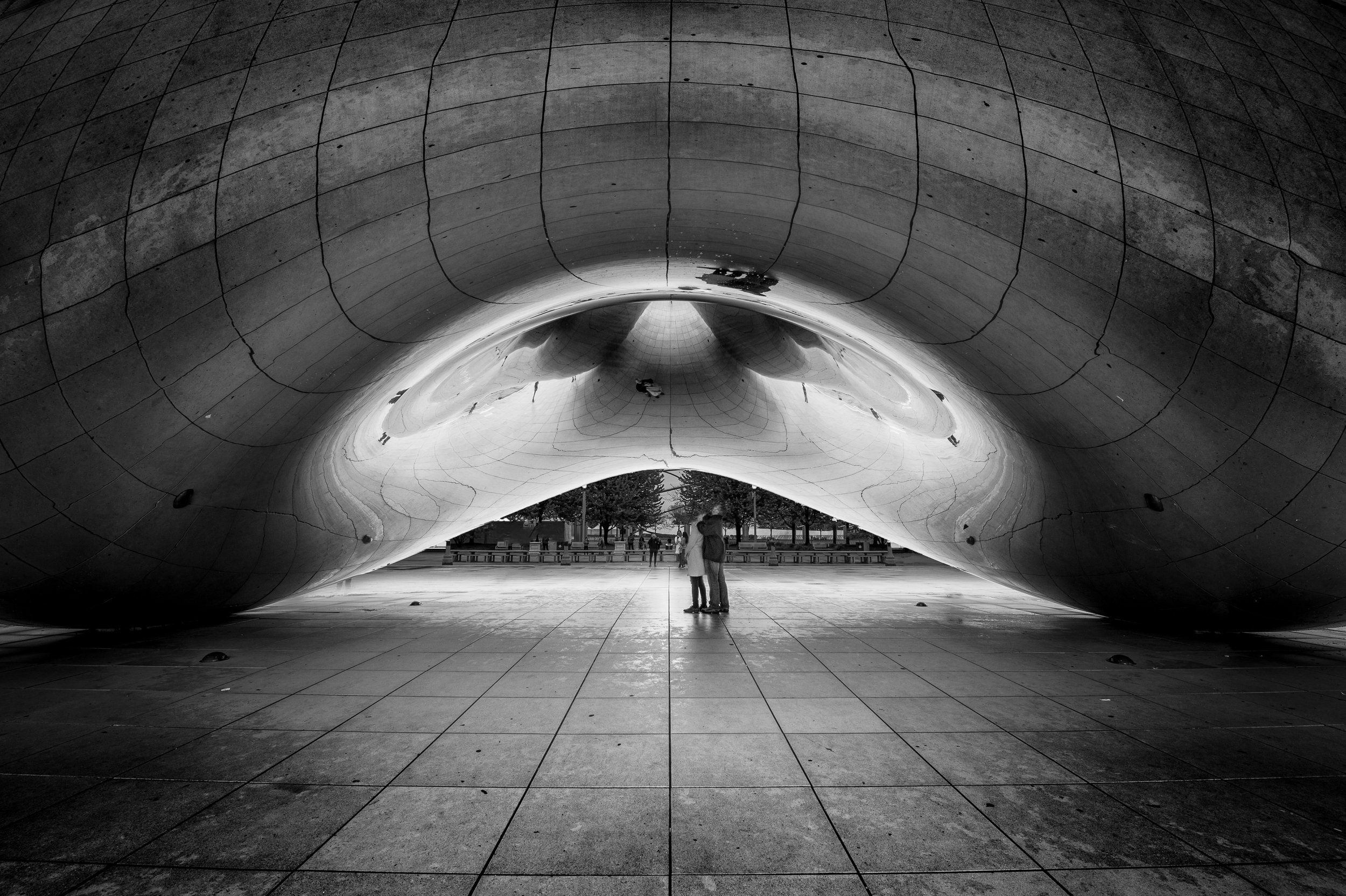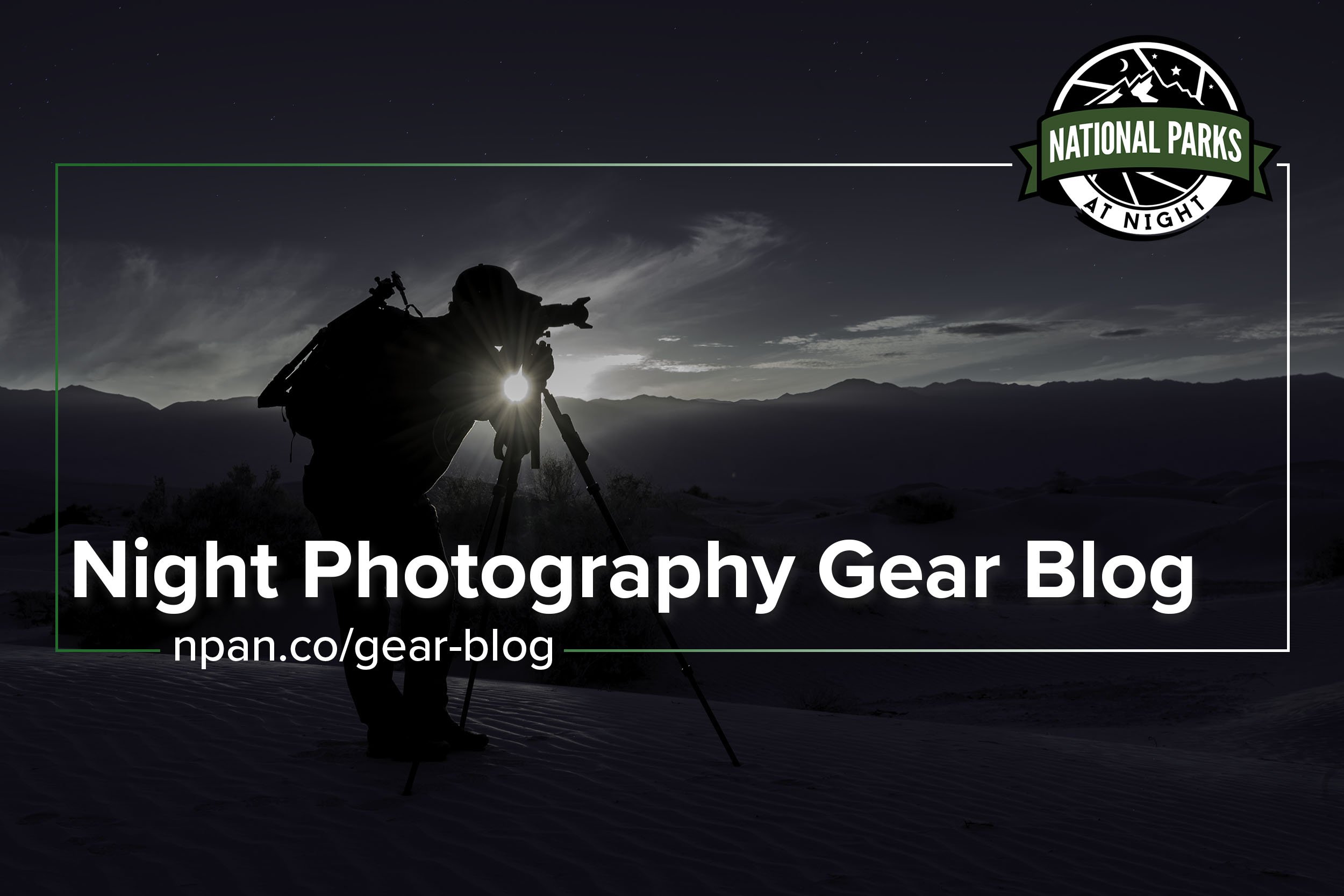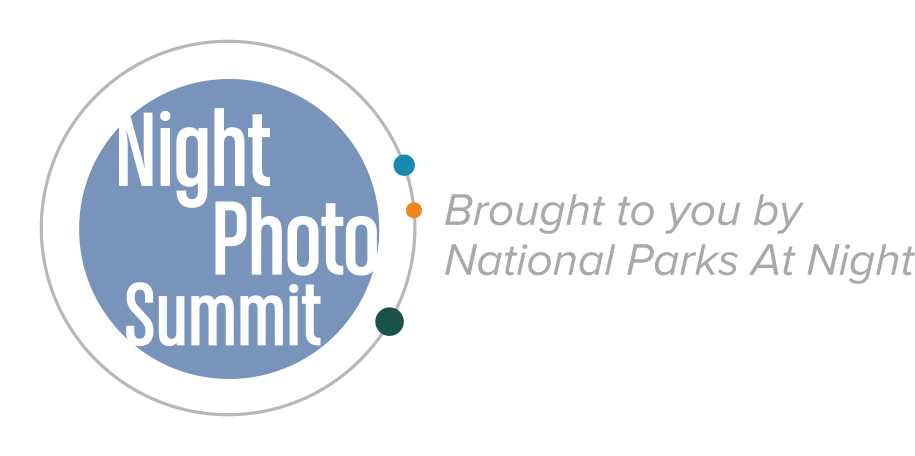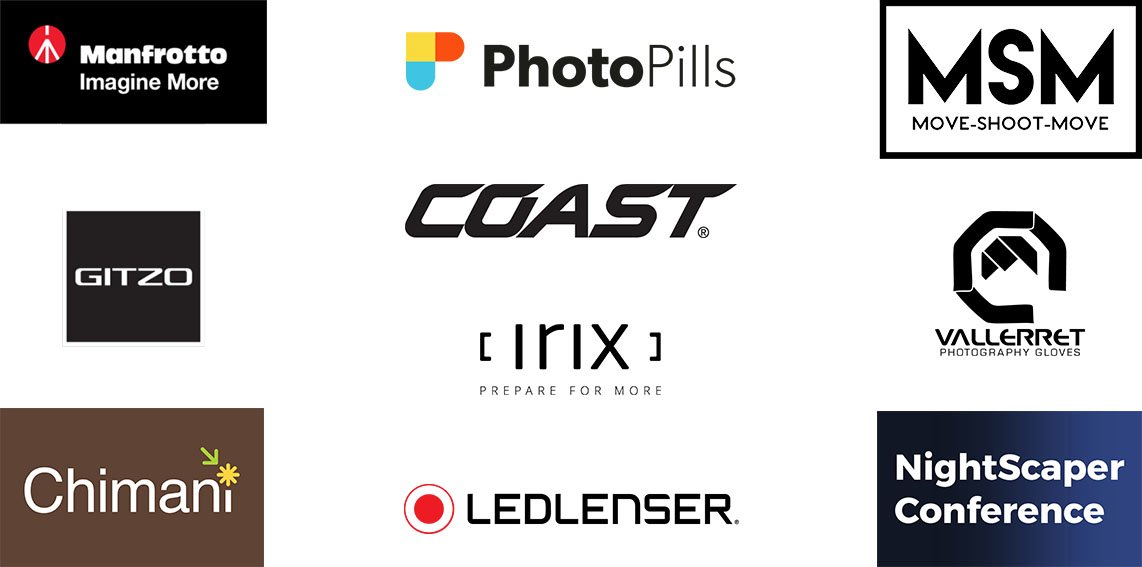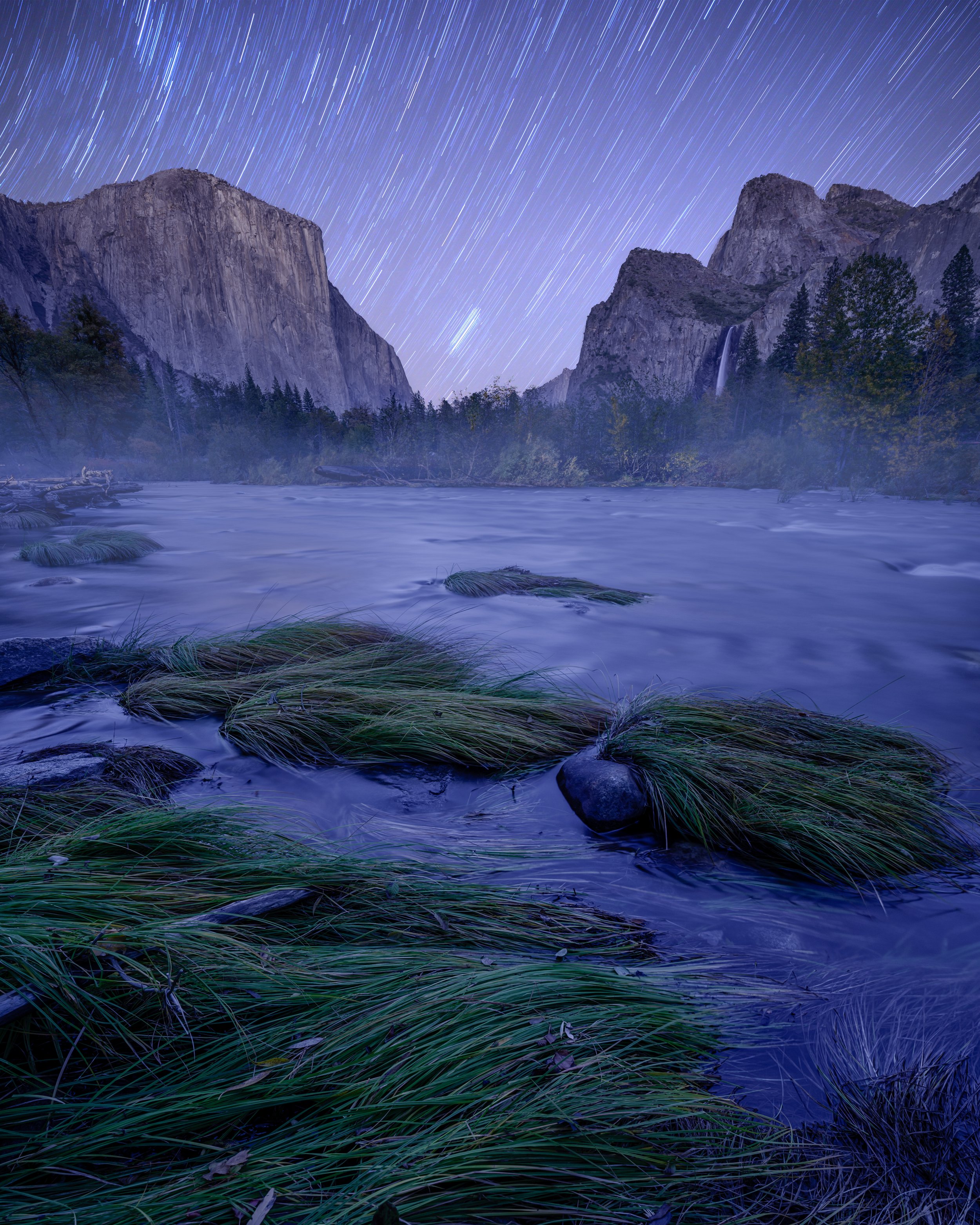If you’re a regular reader of this blog, or a regular anything with us, then you know how important we consider community to be. We treasure our community here—we feel so fortunate for this great group of folks bound together by our common love of going outside at night with cameras. And we love how this community has grown since it began back in 2015.
Well, that community is about to grow even more. We are absolutely thrilled to announce that we have acquired the Nightscaper Photo Conference.
This amazing event was created a few years ago by the venerable Royce Bair, the original nightscaper, who we have had the pleasure of collaborating with behind the scenes since early 2021. The first conference was held in 2019, and it quickly became an admired common ground and gathering spot not just for night photographers, but also for scientists, artists and activists who care about night skies.
We have of course been very aware of the Nightscaper Conference and community for quite some time, and have long admired and respected the spirit of everyone involved, from Royce and his staff to all the photographers and others who are so passionate about exploring dark skies. We look forward to celebrating and carrying on that spirit.
Why are we Doing This?
When Royce approached us last year with this idea, it was a match made in heaven. Or perhaps the cosmos aligned. Royce is looking to spend more time with his family, and we’re always looking for ways to grow our community and to work with even more people who love the night. So this arrangement was truly beneficial for everyone. We eagerly discussed it and agreed to accept his offer.
Gabe and I attended the 2021 Nightscaper Conference and absolutely fell in love with the community and the event. The spirit and passion of everyone we met fits so well with everything we do and with everyone we already know and love, and at the same time it brings a unique energy into the fold.
We are eager to carry forward the dedication and care that Royce put into organizing and leading the first two Nightscaper Conferences. For our part, we are bringing to bear all our skills and care to make the event even more of something to remember every year.
The Conference
This in-person conference is happening in Kanab, Utah—a hub with access to dark skies and stunning landscapes in southern Utah and northern Arizona.
We know that many of you have been itching for a reason to get out and get shooting. This is a great opportunity to scratch that itch!
White Pocket, Vermilion Cliffs National Monument. Nikon Z 6II with a Venus Optics Laowa 15mm f/2 FE Zero-D lens, light painted with two Luxli Fiddle LED panels. 13 seconds, f/2.8, ISO 12,800; 15 frames processed in Starry Landscape Stacker and stitched in PTGUI.
What’s New for the 2022 Conference?
The event is now 4 days instead of 3—April 26 to 29. We believe that having more time to spend in sessions and networking will give attendees an even richer experience.
Each session will be 1 hour long, to fully explore a topic.
We are planning to have 25 speakers this year, and 20 of them will be giving two sessions each, further allowing topics to be even more fully expressed.
The five organizers from National Parks at Night will be presenting one session each.
There will be four panel discussions to explore important topics to the community. Topic ideas are welcome and we’ll be soliciting those within the Facebook community and Instagram, so be sure to follow both.
We are adding elective image review sessions on the second, third and fourth mornings. You will be able to sign up for image reviews with participating speakers, for a reasonable fee. Further information about this will be released privately in the coming weeks to conference registrants.
Each in-person registrant will receive a custom-printed conference ring-spun shirt with glow-in-the-dark ink! You’ll be able to pick this up at the conference registration booth. And we may even make sweatshirts for pre-order!
This conference, as mentioned before, will be live and in-person in Kanab. Nestled along the southern border of Grand Staircase-Escalante National Monument, Kanab is also an amazing launching pad for adventures to Bryce, Zion, Capitol Reef and Grand Canyon national parks, and much, much more.
Grosvenor Arch, Grand Staircase-Escalante National Monument. Nikon Z 6 with a Venus Optics Laowa 15mm f/2 FE Zero-D lens, light painted with two Luxli Fiddle LED panels. 8 stacked images shot at 4 minutes, f/4, ISO 1600.
Each session will be recorded and posted online for paid registrants to watch and re-watch at their leisure for a full year. We will also offer Replays-Only for folks who can’t make it to Kanab this April.
There will not be a simulcast livestream, as we believe that focusing on the in-person experience and community is important, and although the technology to stream is available, it’s better to record and post it. However, there will be some vital speakers who cannot travel and we will be recording their presentations. We plan to simulcast those recorded sessions online so the Replays-Only ticket-holders can watch something during the conference dates.
What Will be the Same?
Even if you attended last year, there are lots of reasons to come again.
If you are already in love with the Nightscaper Conference, you’ll be happy to know that we have no interest in trying to reinvent this event. We love it the way it is. The focus on sharing, listening, skills, techniques, data and community will all be the same. We want to encourage everyone to gather to exchange ideas, to engage in spirited discussions and to go out shooting together.
Some speakers are returning, and some new voices will be presenting. See the lineup on the Speakers page of the website.
We will provide all in-person registrants with lunch each day of the conference and dinner the first evening. All other meals are your responsibility. Fortunately, Kanab has lots of wonderful places to eat!
We are using Sched to organize the sessions and physical locations. Expect this to be released closer to the conference. It will include an iOS and Android app for up-to-date info.
Tickets
The total number of in-person tickets is limited to 300 so we can all be as safe as Covid protocols can allow.
There is a limited number of in-person early bird tickets that are first come, first served: 100 at $499 each.
When these are gone, the remaining tickets will sell for $699 each.
For those of you who cannot travel, we are offering Replay-Only tickets to watch all sessions streaming for 1 year after the conference.
There will be early bird Replay-Only tickets available on a first come, first served basis: 150 at $299 each.
When those sell out, Replay-Only will be available for $349.
How do You Stay Involved?
Join us at one of the most inspiring dark sky locations in the United States. Meet other night-minded creatives and get the creative juices flowing in the classroom, as well as go out on each night to explore the dark skies and surreal landscapes of the Kanab region.
Please share the 2022 Nightscaper Conference with your friends, other astro-landscape and deep-sky photographers, and those who want to jump-start their skills. We also encourage you to share it with folks who are just getting into the craft.
Let’s come together as one night photography community to explore ideas, to explore this beautiful region, and to fall in love with the night again.
Social Media
Royce will continue to run his Instagram account @roycebairphoto, where he shares photos tagged #nightscaper from the Facebook group and elsewhere on Instagram (links below).
National Parks at Night is taking over the Nightscaper Conference Instagram account @nightscaperconference.
We will also be assuming ownership of the Nightscaper Facebook group, but have no plans to change anything, as the moderators of that group are amazing, dedicated and passionate. We love what they do and look forward to working alongside them.
Follow our Instagram.
Join our Facebook group.
Tickets are on sale now. Learn more at nightscaper.com.






